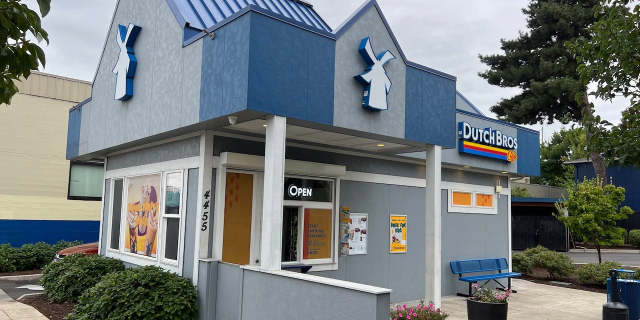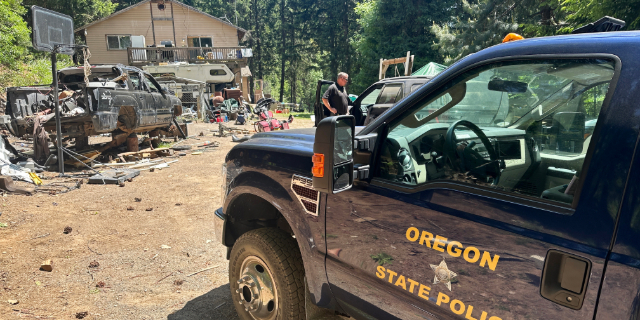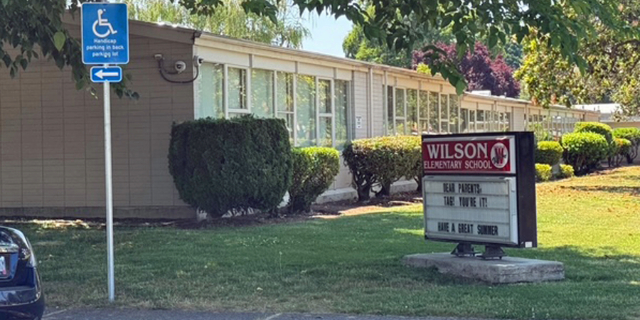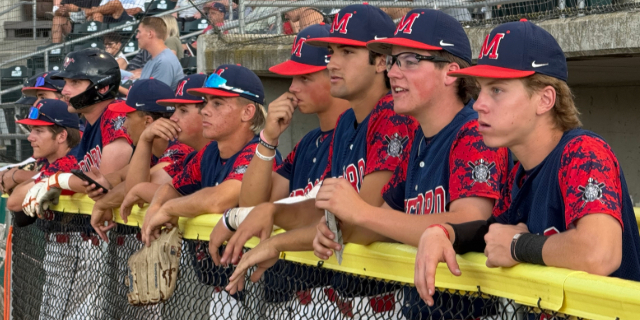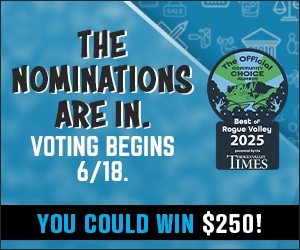Raptor in recovery: Vision-impaired owl undergoes cataract surgery
Published 5:30 pm Tuesday, August 29, 2023
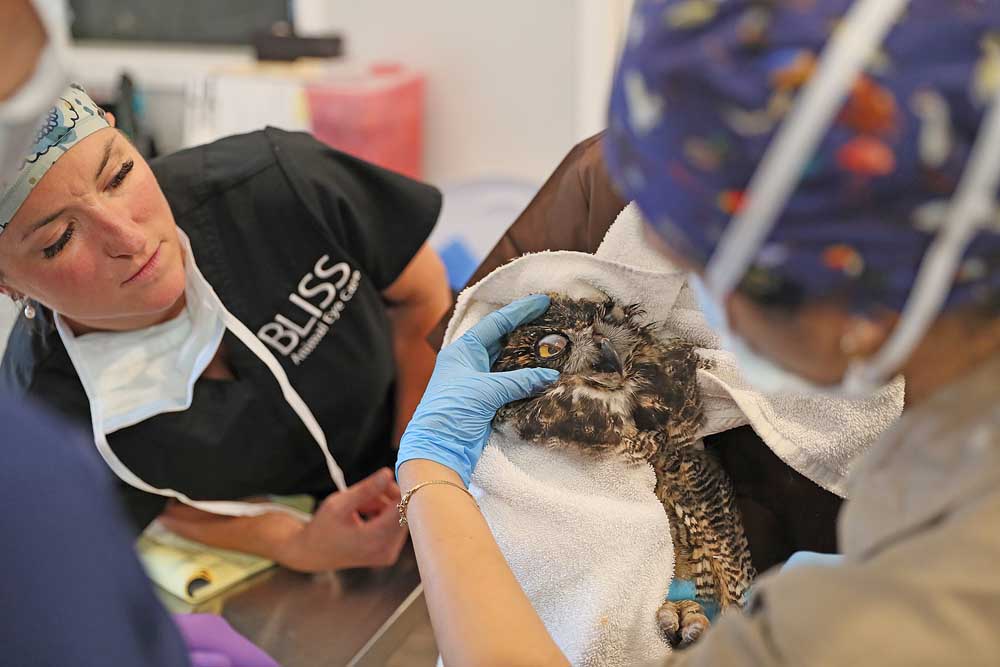
- Veterinary ophthalmologist Cassandra Bliss, left, and Jane Riner examine a great horned owl after it received eye surgery at Bliss Animal Eye Care in Medford on Tuesday.
A juvenile great horned owl has a new view of life after the rescued bird of prey went under anesthesia Tuesday for cataract surgery at Bliss Animal Eye Care.
Caretakers from Wildlife Safari in Winston brought the bird 90 miles for the procedure to have the 6-month-old owl’s vision restored.
With the occasional hoot and wing flap from under a warm blanket and heating system following surgery, the swaddled raptor was well on his way to recovery.
“We decided as a team the best thing would be to allow him to recover from anesthesia today, and then we’ll evaluate how well he can see,” said veterinary ophthalmologist Cassandra Bliss, owner of Bliss Animal Eye Care. “When we have an animal that comes in blind and flies out or walks out seeing, there isn’t anything that provides me or my staff or the team that came down here more joy.”
The medical team initially planned to operate on the cataracts in both eyes, but changes in the bird’s vital signs led them to focus on the animal’s left eye, which was in greater need of fixing.
“There’s risk with cataract surgery, nothing’s 100%, but as a team we get together and decide do the benefits outweigh the risk, and today we felt like the benefit of giving vision to this young owl was the best thing for him,” said Jane Riner, associate veterinarian at Wildlife Safari.
The owl will spend the next two weeks recuperating in Winston, with check-ins on his healing eye.
While cataracts are normally associated with old age in humans, Bliss listed multiple ways owls can get cloudy lenses, even as juveniles.
“In raptors or really any birds of prey, the most common reason we see cataracts is due to trauma, but in a young animal they can have congenital or juvenile cataracts, they can be born with this stuff,” Bliss said. “It’s actually not that unusual in veterinary medicine for us to see young animals with cataracts that are visually compromised at a young age.”
On how the great horned owl got cataracts, experts aren’t entirely sure considering the bird showed no signs of trauma when he was discovered.
“There’s a possibility he could have been introduced to some nutritional deficit or had some infection maybe passed down from his mother,” Bliss said. “His vision was less than 10% … he might be able to see shadows, light and dark, but it would be like if you looked through shattered glass.”
The owl, which currently doesn’t have a name, was discovered by a wildlife rescue organization earlier this year, motherless and unable to fend for himself in the wild due to vision loss.
“Several months ago, around the springtime, they found him and noticed that even in the wild he was having some issues seeing, he was really, really young, about 10 weeks old is what they estimated,” Riner said.
The young owl was taken into a wildlife rehabilitation center where caretakers discovered he had cataracts in both eyes.
“We just got him into our care early last week, and we noticed just with him navigating his environment that he was having trouble landing on perches and definitely not reacting like he normally would if his vision was like an owl’s should be,” Riner said.
Caretakers originally planned for the bird to return to the wild, but the cataract ailment meant the owl would have little to no chances of surviving in the wild. Plus he was already getting used to people.
“In his case, he was so young when he went into a rehab facility … he was already imprinting on people,” Riner said. “What that means is that he’s already habituated, he’s desensitized to people, he’s not scared like any adult owl would be trying to avoid people.”
While returning to the wild isn’t an option anymore, the young avian is slotted to potentially become an animal ambassador with Wildlife Safari.
“We want him to have the best life possible in care. He’s going to be an ambassador animal for his species in our education department,” Riner said. “We’re really grateful for that, and we want to make sure that he has a long life ahead of him.”


